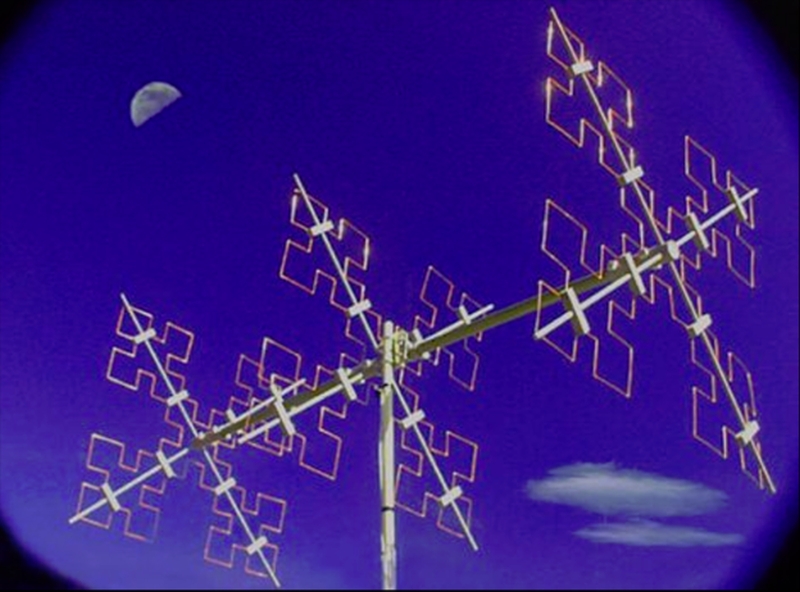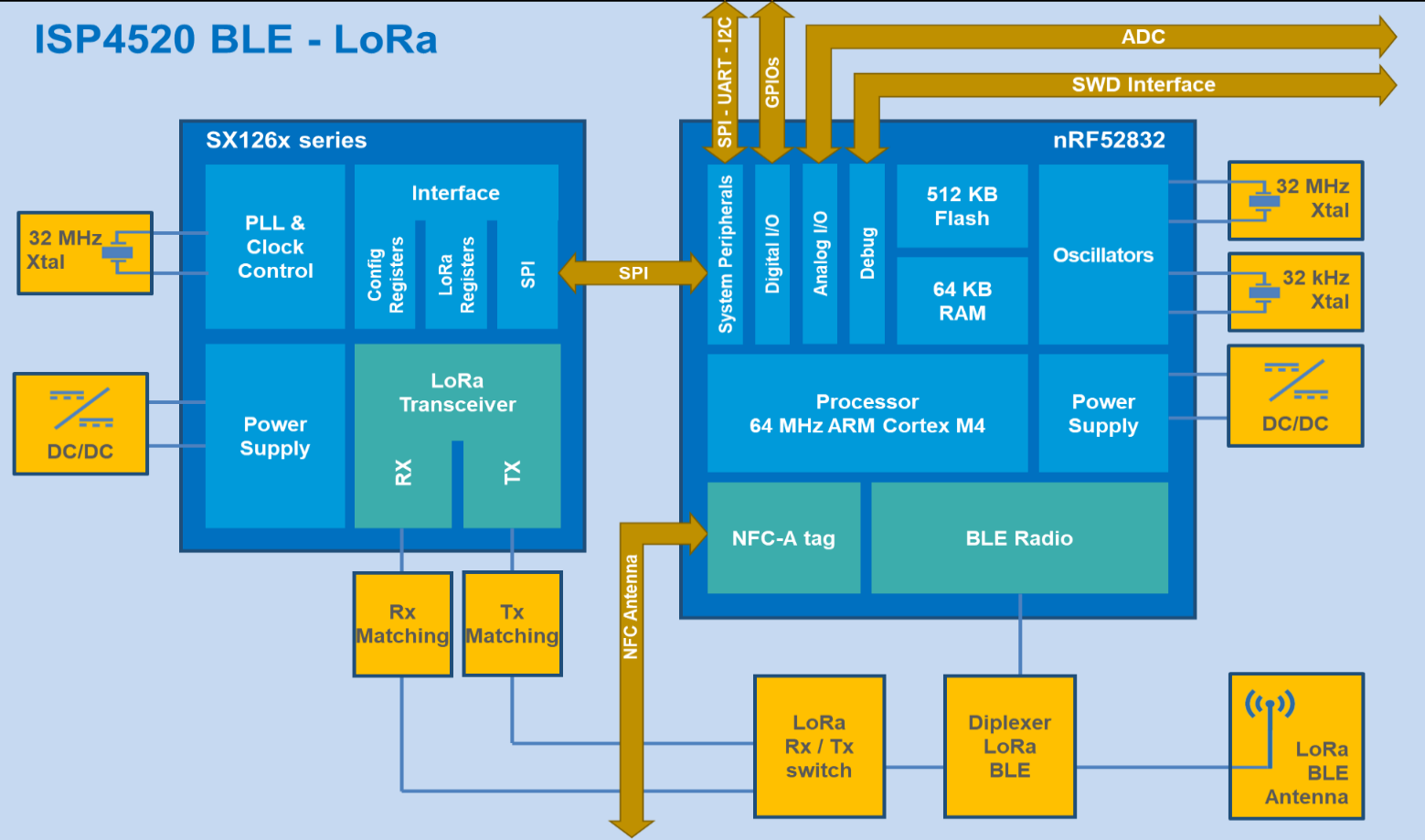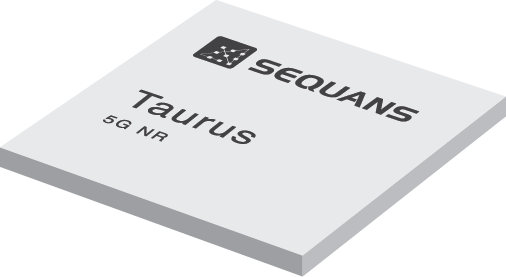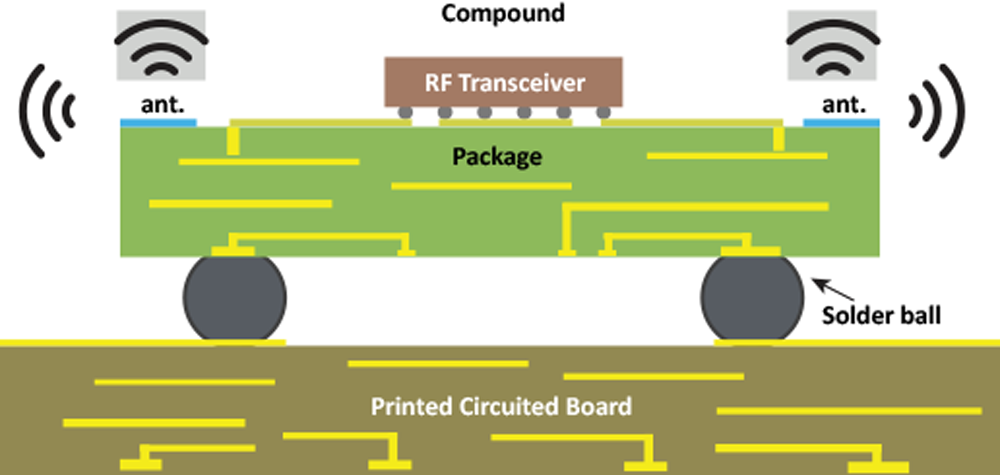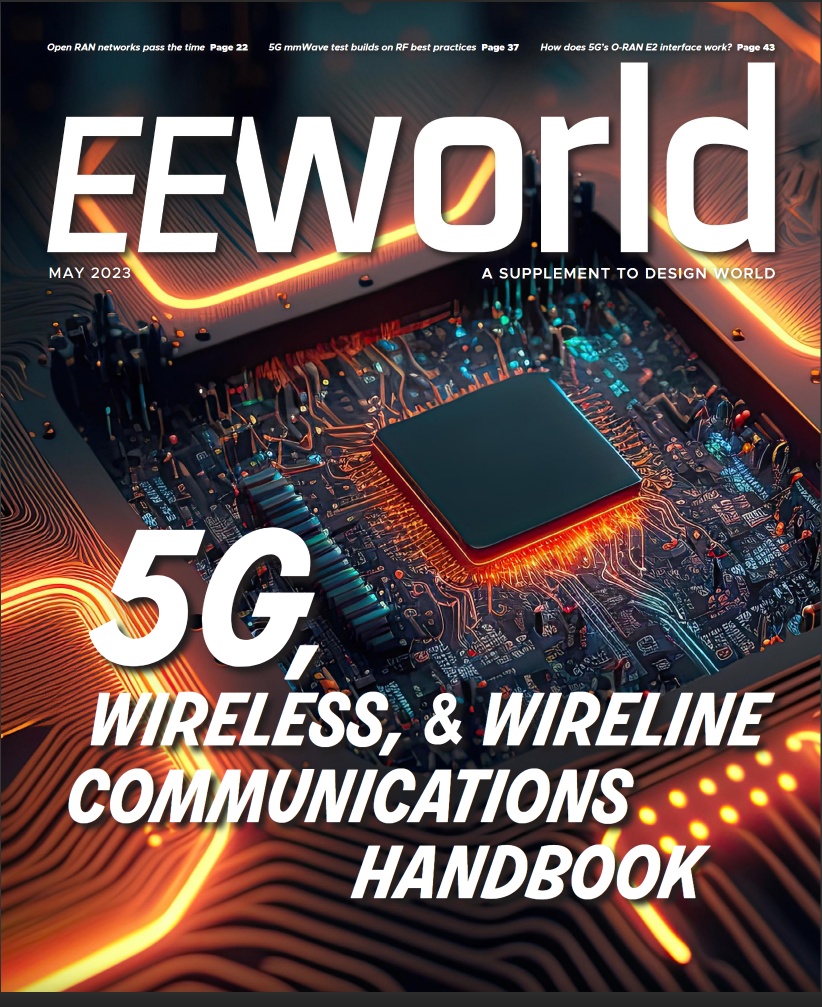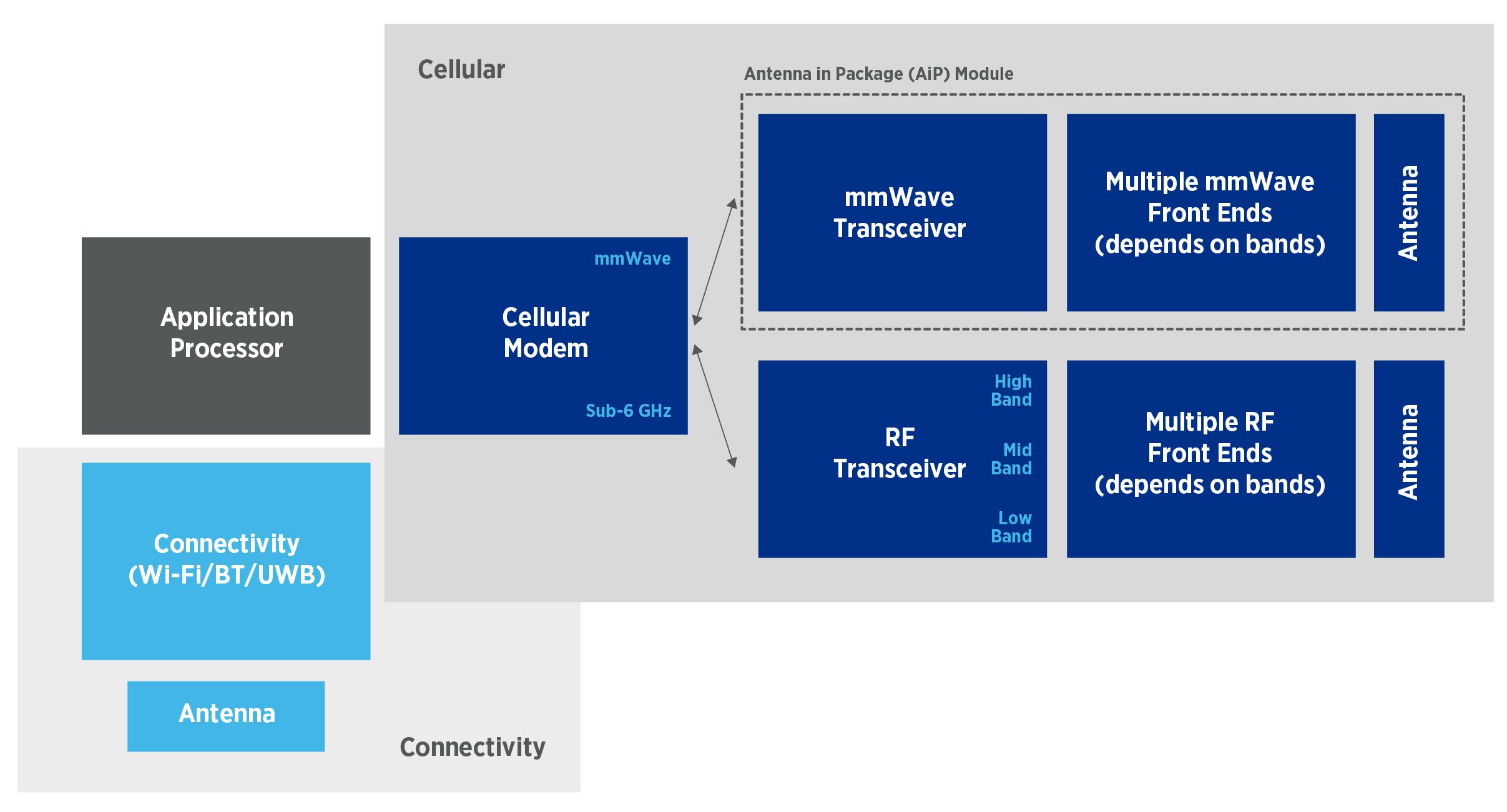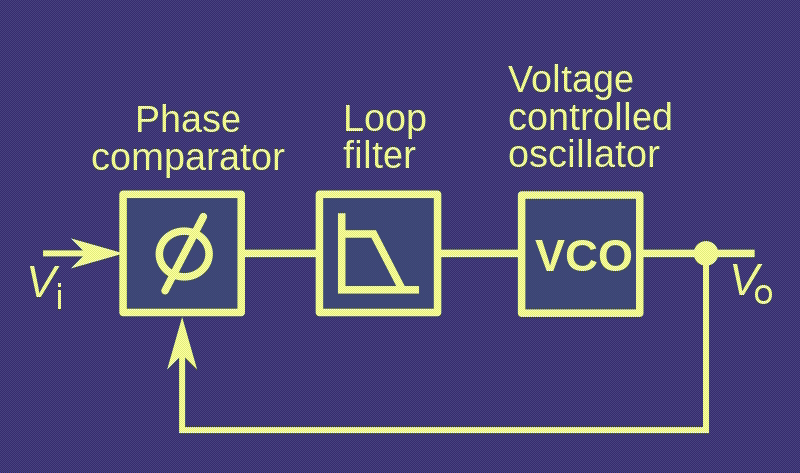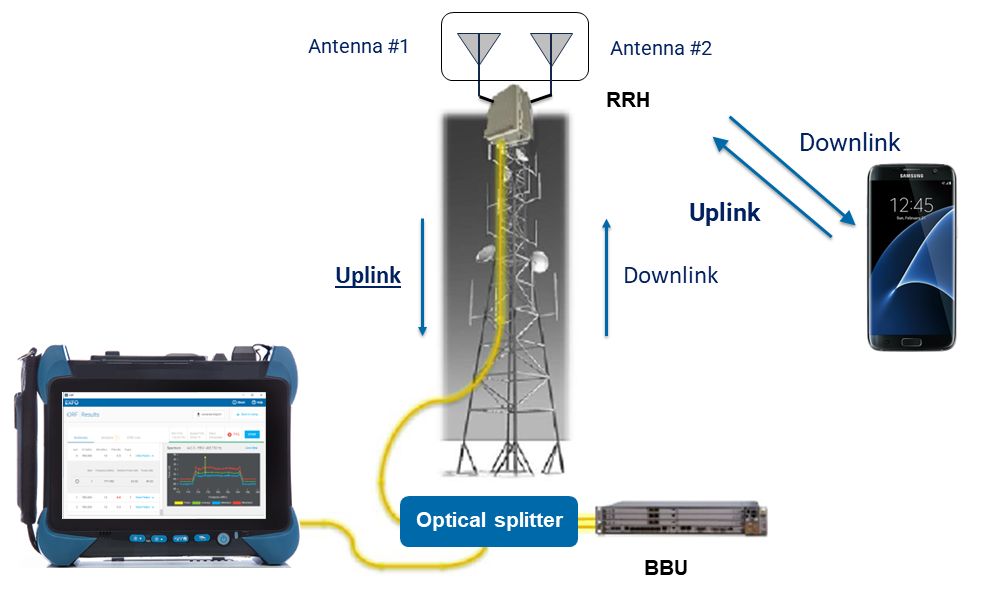Antennas based on fractal mathematics offer some significant advantages but also some controversy. The first part of this article looked at the basic concept and history of fractals. This part looks at the relationship between fractals and antennas. Q: All this fractal discussion is interesting, but what does it have to do with antennas? A:…
FAQ on fractal antennas, Part 1
Antennas based on fractal mathematics offer some significant advantages but also some controversy. Although all antenna designs are derived from either the basic dipole or monopole/ground-plane configurations, there are almost countless antenna variations in use (Figure 1). Each one offers a different combination of key attributes such as center frequency, bandwidth, bandwidth, side lobes, front-to-back…
FAQ: Antenna-in-package answers the “last mile” RF challenge, Part 2
If you think antennas must live “outside” a circuit, think again: they can also be housed in a small package adjacent to the active components they serve. The previous part established the context and rationale for AiP; this part continues the exploration. Who are some of the AiP technology suppliers or OEMs? ASE, a leading…
5G NR chipset platform targets wireless broadband IoT
The Taurus product portfolio from Sequans Communications includes chipsets for chip-on-board designs, carrier-certified modules in various form factors, and module reference designs for customized modules. Much of the talk over wireless 5G for IoT being about low data rates. Not every application, however, can benefit from that. Some applications need higher data throughput. The Taurus…
5G modules achieve worldwide certifications
Quectel Wireless Solutions announces that its 5G New Radio (NR) modules series, the RG620T has received FCC/ IC/ CE and RCM certifications. The RG620T series is the first 5G module based on the MediaTek T830 System-on-Chip (SoC) to receive all these certifications. The certifications will enable customers to efficiently deploy their 5G fixed wireless access (FWA)…
FAQ: Antenna-in-package answers the “last mile” RF challenge, Part 1
If you think antennas must live “outside” a circuit, think again: they can also be housed in a small package adjacent to the active components they serve. The RF signal chain has become increasingly integrated in the past years. Whether by merging RF circuitry with the digital function onto a single die or by co-locating…
EE World’s 2023 communications handbook is here
Our 2023 5G, Wired, & Wireless Handbook is now available in ebook form. Download your copy today. It started on a cold January day with an editorial call. A month later, the abstracts came in. After another month, the manuscripts came in. Then came the editing and some back-and-forth with the authors. Next, it was…
5G mmWave test builds on RF best practices
The high level of integration in today’s mmWave phone means traditional test methods no longer apply.
5G mmWave signal chain: the phase-locked loop
In “Look inside the 5G mmWave signal chain,” we explored the overall architecture of the mmWave signal chain. Now, we’ll look deeper into each of a transceiver’s components. Phase-locked Loops (PLL) are important blocks for a clean reference clock generation in cellular networks. In 5G mmWave radio networks, the PLL supports data rates of 1…
Identify, troubleshoot, and resolve PIM issues in wireless networks
5G brought passive intermodulation problems into the spotlight. Now it’s up to engineers and technicians to identify and mitigate signal degradation to minimize dropped calls and other issues. A loose connection; a metal roof; power lines. Even a rusty bolt. It’s estimated that mobile operators will spend $1.1 trillion on capital expenditure between 2020 and…

